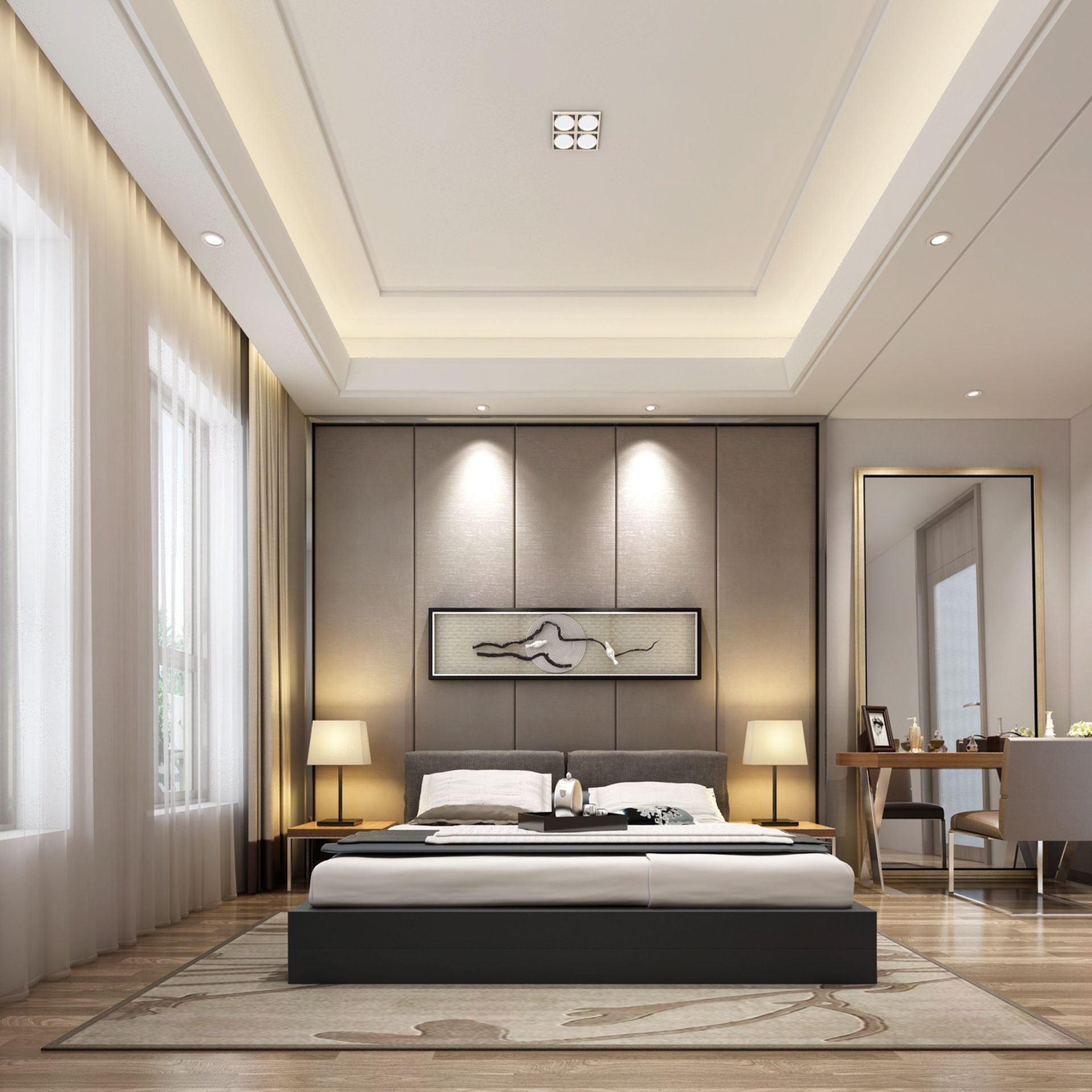Introduction
A lobby is the first impression of any building, and hence, it needs to be designed to create a lasting impact on visitors. False ceiling installations, also known as suspended ceilings, can greatly enhance the overall appearance of the lobby space. False ceilings are made of lightweight materials like gypsum, metal, or fiberboard, and are hung from the primary ceiling with the help of a grid system.
In this article, we will discuss how false ceiling installations can be used to create a stunning lobby design. We will also explore the different materials and types of false ceilings that are available in the market.
The Benefits of False Ceiling Installations
False ceiling installations offer several benefits that make them an attractive option for lobbies. Here are some of the most significant advantages:
1. Aesthetic appeal
False ceilings can greatly enhance the aesthetic appeal of the lobby space. They can be used to create different geometric shapes, patterns, and designs, which can add a new dimension to the overall architecture of the building. False ceilings can also be used to conceal any exposed pipes, wires, or ductwork, giving the space a more finished look.
2. Acoustic insulation
False ceilings can also be used to enhance the acoustic insulation of the lobby space. By installing an acoustic false ceiling, sound absorption can be improved, making the space more peaceful and quiet. This is particularly important in lobbies of buildings located in busy areas, where noise pollution can be a problem.
3. Energy efficiency
False ceilings can also help to improve the energy efficiency of the lobby space. By installing a false ceiling with a reflective surface, light can be spread more evenly throughout the space, reducing the need for artificial lighting. This can result in significant energy savings, particularly during daylight hours.
Types of False Ceilings
False ceilings are available in many different materials and designs, each with unique features and benefits. Here are some of the most popular types of false ceilings:
1. Gypsum false ceiling
Gypsum false ceilings are the most commonly used type of false ceiling. They are made of gypsum, a lightweight and fire-resistant material, and are available in a variety of designs and textures. Gypsum false ceilings offer excellent acoustic insulation and can be easily installed and painted.
2. Metal false ceiling
Metal false ceilings are made of aluminum, steel, or tin, and are often used in commercial buildings. They are durable and can withstand high humidity and temperature changes. Metal false ceilings are available in a variety of finishes, including powder-coated, painted, and anodized.
3. Plywood false ceiling
Plywood false ceilings are made of wood veneers and plywood sheets. They offer excellent insulation and can be painted or laminated to provide a range of finishes. Plywood false ceilings are a popular choice for lobbies of hotels and resorts.
Designing a False Ceiling Lobby
When designing a lobby with a false ceiling, it is important to consider the overall theme and style of the building. Here are some tips on how to create a stunning False Ceiling lobby design:
1. Choosing the right materials
The choice of materials for the false ceiling should be based on factors such as aesthetics, acoustics, and energy efficiency. It is important to choose materials that complement the overall design of the building.
2. Creating a focal point
Creating a focal point in the lobby can help to draw attention and create a lasting impression. This can be achieved by installing a false ceiling with a unique and eye-catching design, such as a sculptural element or an illuminated panel.
3. Selecting the right lighting
Lighting plays a critical role in creating the ambiance of the space. By installing a combination of ambient, task and accent lighting, a dramatic effect can be achieved. Suspended ceilings can also be designed to incorporate lighting fixtures, such as recessed lights and chandeliers, which can add a touch of elegance to the space.

















